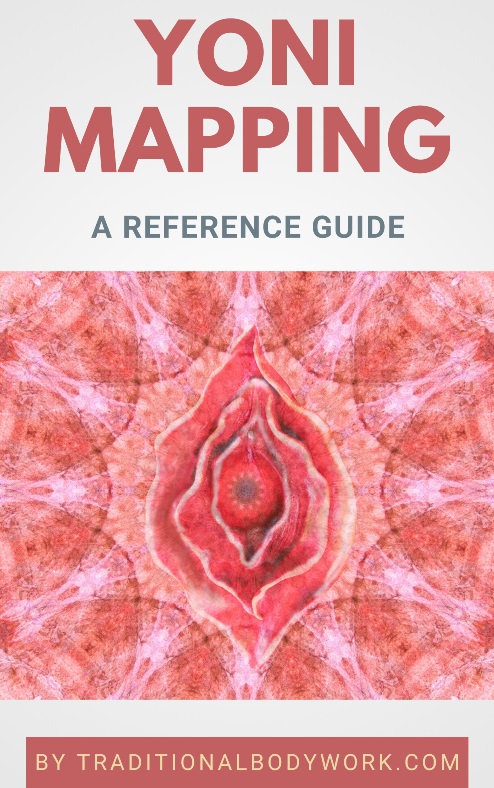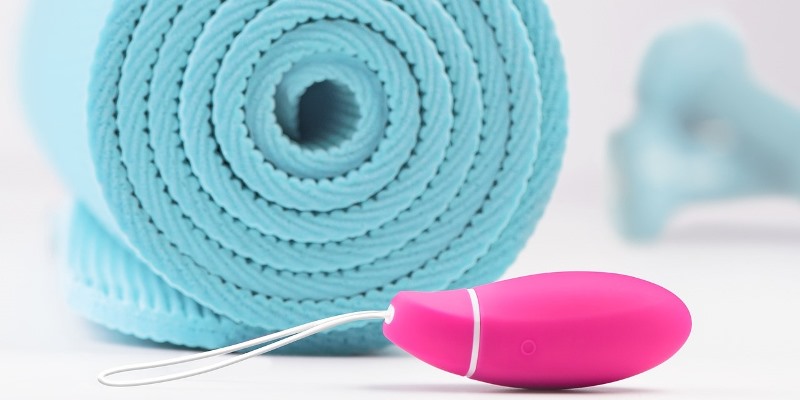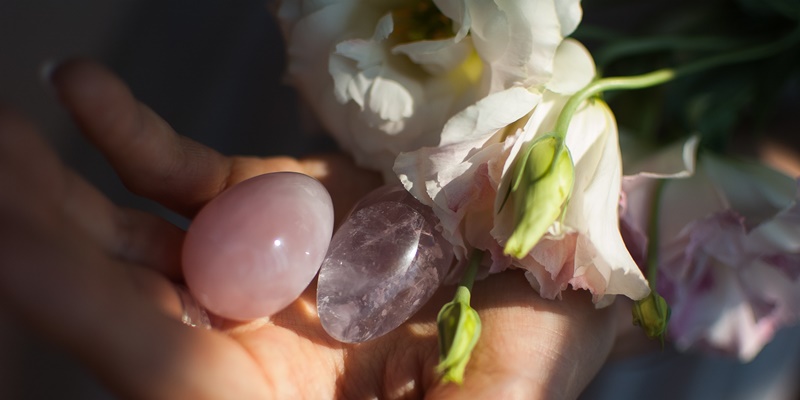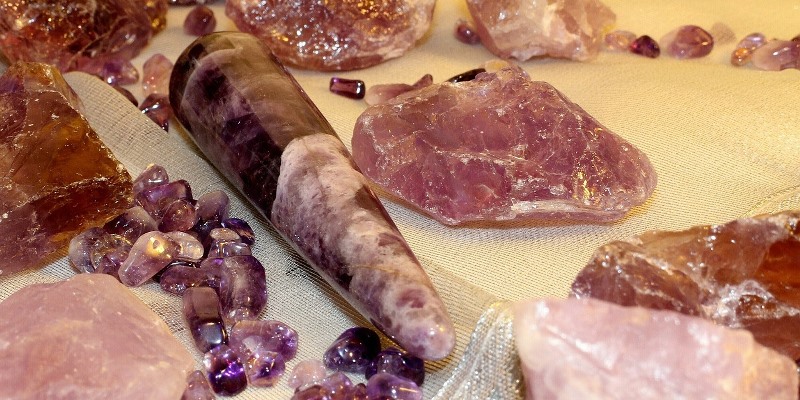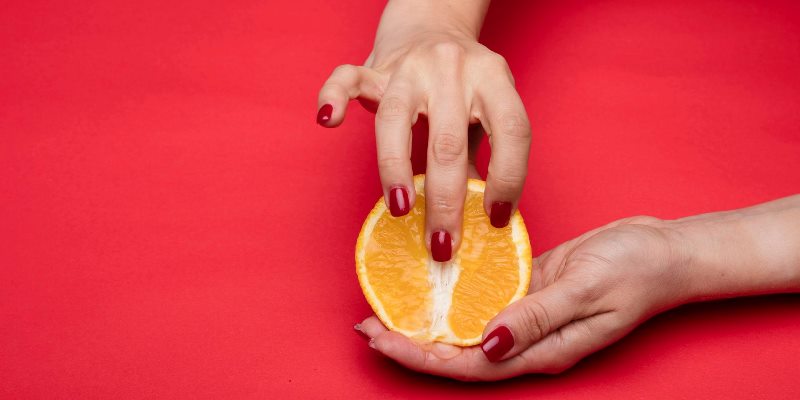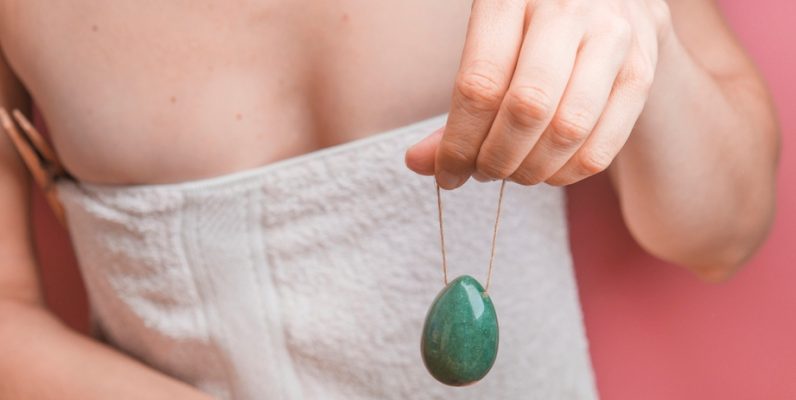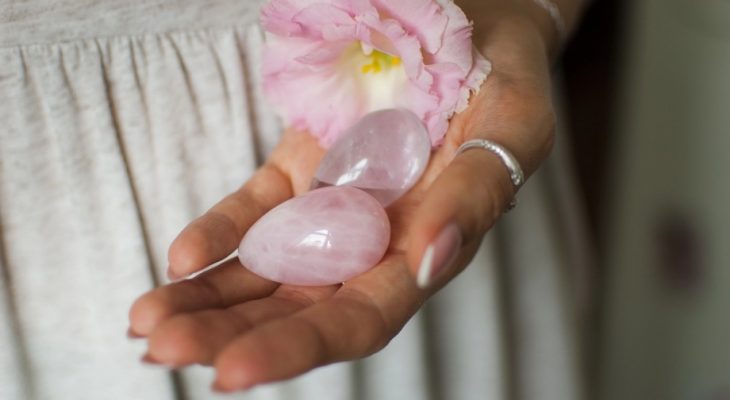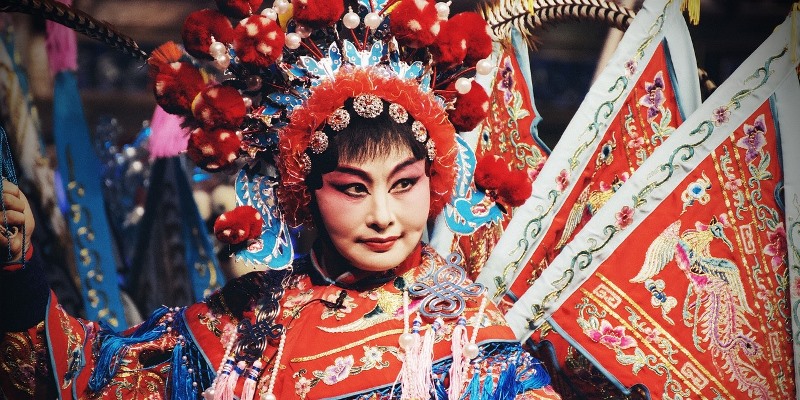
As for the history and origins of the Yoni Egg, a lot of that has been said about it is bogus, misleading, simply untrue, or at best well-informed assumption or hypothesis. In fact, the definite history of the Yoni Egg is unknown.
Having said that, let’s take a look at what is actually known and how facts, myth, and wishful-thinking have been intermingled in what’s today thought to be the history of the Yoni Egg.
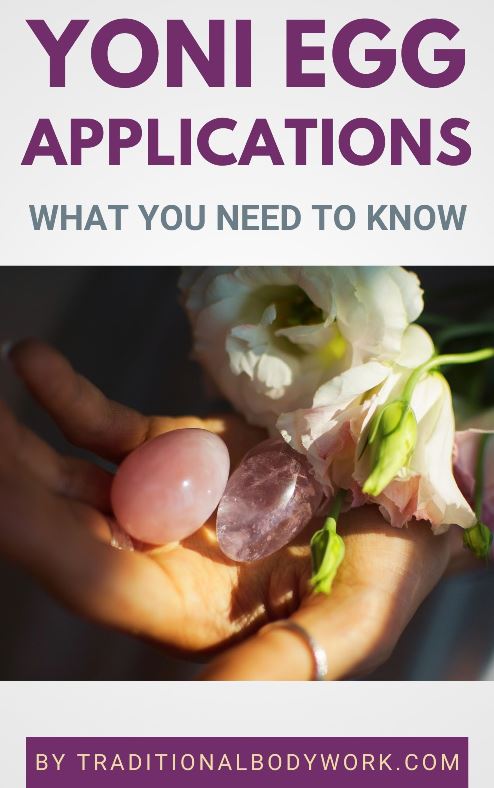
One of the persistent notions is that the use of the Yoni Egg, that is, the Jade Egg, is related to concepts and directives mentioned in a variety of ancient Chinese texts about Taoist sexual practices, together called the Fangzhongshu or the “Arts of the Bedchamber.”
More recently, it was, for instance, Master Mantak Chia who revived the idea of applying ancient Taoist Sexual Practices for present-day women, such as described in his book Healing Love through the Tao: Cultivating Female Sexual Energy. In this book, you’ll find several chapters that deal with a variety of Yoni Egg exercises and applications — the Taoist way.
Historically, the roots of Taoism can be traced back to the 4th century BC, and the Taoist concepts and techniques concerning sexual practices evolved gradually in the next 1,500 years, spanning various Chinese imperial dynasties. However, trying to find clear, unambiguous references with regard to the Jade Egg will leave you empty-handed.
Then again, it’s said that specific teachings where “esoteric and secret” and not known to the general public, that is, were handed down across centuries, exclusively from Taoist master to disciple, well, just as Master Mantak Chia finally got familiar with the knowledge he now shares with the world.

Today, it’s often stated that Jade Yoni Eggs and associated practices were used by Chinese women (at first only by Chinese empresses and the emperor’s concubines) to enhance their sexuality, maintain youth, achieve longevity, and channel Jing Sexual Energy and Chi (Vital Life Force or Qi) for a range of health benefits.
Yet, whether Jade Eggs existed and/or were actually used in ancient China or not — within Taoist practices or otherwise — has not been proven so far. A few years ago, Dr. Gunter and Dr. Sarah Parcak investigated if Jade Eggs were really inserted vaginally in ancient China, and came to the conclusion that “No evidence was found to support the claim that vaginal jade eggs were used for any indication in ancient Chinese culture.”
Their report is available under the title Vaginal Jade Eggs: Ancient Chinese Practice or Modern Marketing Myth? at the National Library of Medicine on https://pubmed.ncbi.nlm.nih.gov/30365448/
In fact, the aforementioned report was based on a search done within the online databases of 4 major Chinese art and archaeology collections in the United States, with more than 5,000 jade objects viewable. The result of the investigation was that no vaginal Jade Eggs were identified.
Of course, this is just one type of research done, and also on a (still) limited collection of (known) objects. It might as well come out on a later point in time that Jade Eggs have indeed been used. Who can tell?
Whatever the case and despite the recent controversies around the origins of Yoni Eggs (or Jade Eggs), they are still widely popular, and are by many women thought to bring important physical, mental, and emotional health benefits.
Apart from Mantak Chia’s popularized Taoist view on the use of the Yoni Egg, the recent renewed attention in the West is also caused by the connection made of doing Kegel Pelvic Floor Muscles Exercises and the Yoni Egg.

Although the American gynecologist Arnold Kegel already published a description of such exercises in 1948, it’s only in the past decade that his work has become much more applied in the global community. Maybe this was due to the commercial promotion of the Jade Egg by Gwyneth Paltrow (a famous American actress) in 2017, or maybe it was simply because of the increased search for exotic sex toys or new means to enhance one’s sexuality, but as from 2017 the sales and use of Yoni Eggs skyrocketed.
Nevertheless, Pelvic Floor Exercises (without a Yoni Egg) are not something new, and have been carried out for centuries in Asia, such as in China in Taoist body and energy work exercises (for instance in Qigong and Tai Chi), but likewise in India (Yoga), and in Thailand (Reusi Dat Ton), to name some examples.
Additionally, the rise and popularity of contemporary Tantra and Neo-Tantra practices have most definitely played their role in promoting the use of the Yoni Egg, particularly as a tool to heal sexual trauma, to achieve sexual de-armoring, or to experience one’s sacred sexuality, and what not.
Naturally, the Yoni Egg fits perfectly well in the Tantric paradigm in which fully embracing and enjoying our sexuality as part of our entire being, without shame or restrictions, is one of its important practical means to come to higher forms of consciousness and spiritual growth.
All by all, it’s clear that little is really known about the origins and history of Yoni Eggs. Fact, however, is that they are here among us and used by many women. As such, Yoni Eggs now write their own history, one that, perhaps in two thousand years from now, will be called “The traditional use of the Yoni Egg in the ancient 21th century.”

